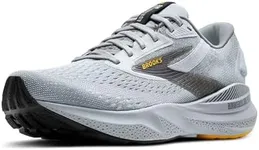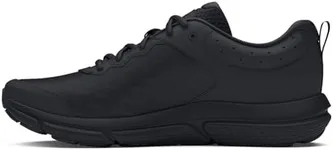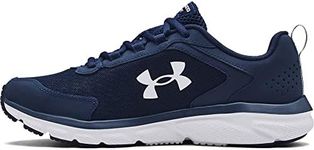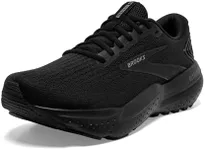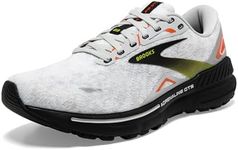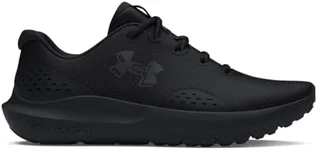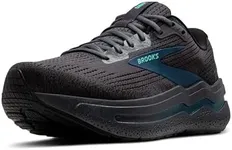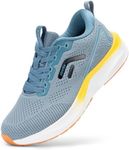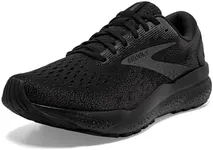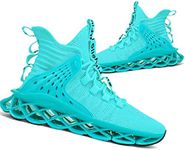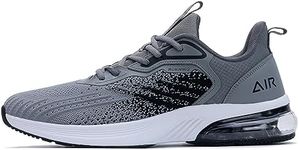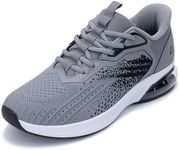Buying Guide for the Best Men's Cushioned Running Shoes
Choosing the right pair of cushioned running shoes is crucial for comfort, performance, and injury prevention. The right shoes can make a significant difference in your running experience, whether you're a beginner or an experienced runner. When selecting cushioned running shoes, consider factors such as fit, cushioning level, support, and the type of running you do. Here are some key specifications to help you make an informed decision.CushioningCushioning refers to the amount of padding in the shoe, which helps absorb impact and provide comfort. This is important because it can reduce the stress on your joints and muscles during runs. Cushioning levels can range from minimal to maximum. Minimal cushioning is suitable for runners who prefer a more natural feel and have a strong running form. Moderate cushioning offers a balance between comfort and responsiveness, ideal for most runners. Maximum cushioning provides the most comfort and shock absorption, perfect for long-distance runners or those with joint issues. Choose the level of cushioning based on your running style, distance, and personal comfort preference.
FitThe fit of the shoe is crucial for comfort and performance. A well-fitting shoe should have enough room in the toe box to wiggle your toes, a snug fit around the midfoot, and a secure heel. This is important to prevent blisters, discomfort, and potential injuries. Shoes that are too tight can cause pain and restrict blood flow, while shoes that are too loose can lead to instability. When trying on shoes, make sure to wear the socks you typically run in and consider the time of day, as feet can swell. Ensure there's about a thumb's width of space between your longest toe and the end of the shoe.
SupportSupport in running shoes refers to the stability features that help control the foot's movement and prevent overpronation (excessive inward rolling) or supination (outward rolling). This is important for maintaining proper alignment and reducing the risk of injuries. Support levels can be categorized into neutral, stability, and motion control. Neutral shoes are best for runners with a normal arch and minimal pronation. Stability shoes offer added support for mild to moderate overpronators. Motion control shoes provide maximum support for severe overpronators. Determine your support needs based on your arch type and gait analysis, which can be done at a specialty running store or by a podiatrist.
WeightThe weight of the shoe can affect your running performance and comfort. Lighter shoes are generally preferred for speed and racing, as they require less energy to lift with each stride. Heavier shoes, on the other hand, often provide more cushioning and support, making them suitable for long-distance runs or recovery days. The weight of running shoes can vary significantly, with lightweight options typically weighing less than 9 ounces and heavier options weighing more than 10 ounces. Choose the weight of the shoe based on your running goals, distance, and personal preference for feel and support.
DurabilityDurability refers to how long the shoes will last before they need to be replaced. This is important because worn-out shoes can lead to discomfort and increase the risk of injury. The durability of running shoes depends on the materials used in the upper, midsole, and outsole. High-quality materials and construction can extend the lifespan of the shoes. Typically, running shoes last between 300 to 500 miles, but this can vary based on your running style, weight, and the surfaces you run on. Consider your running frequency and the type of terrain you run on when evaluating the durability of a shoe.
BreathabilityBreathability refers to how well the shoe allows air to circulate, keeping your feet cool and dry. This is important for comfort, especially during long runs or in hot weather, as it helps prevent blisters and overheating. Breathable shoes typically feature mesh or other ventilated materials in the upper. When choosing running shoes, consider the climate and conditions you'll be running in. If you run in hot and humid environments, prioritize shoes with good breathability. For cooler climates, breathability may be less of a concern, and you might prefer shoes with more insulation.
